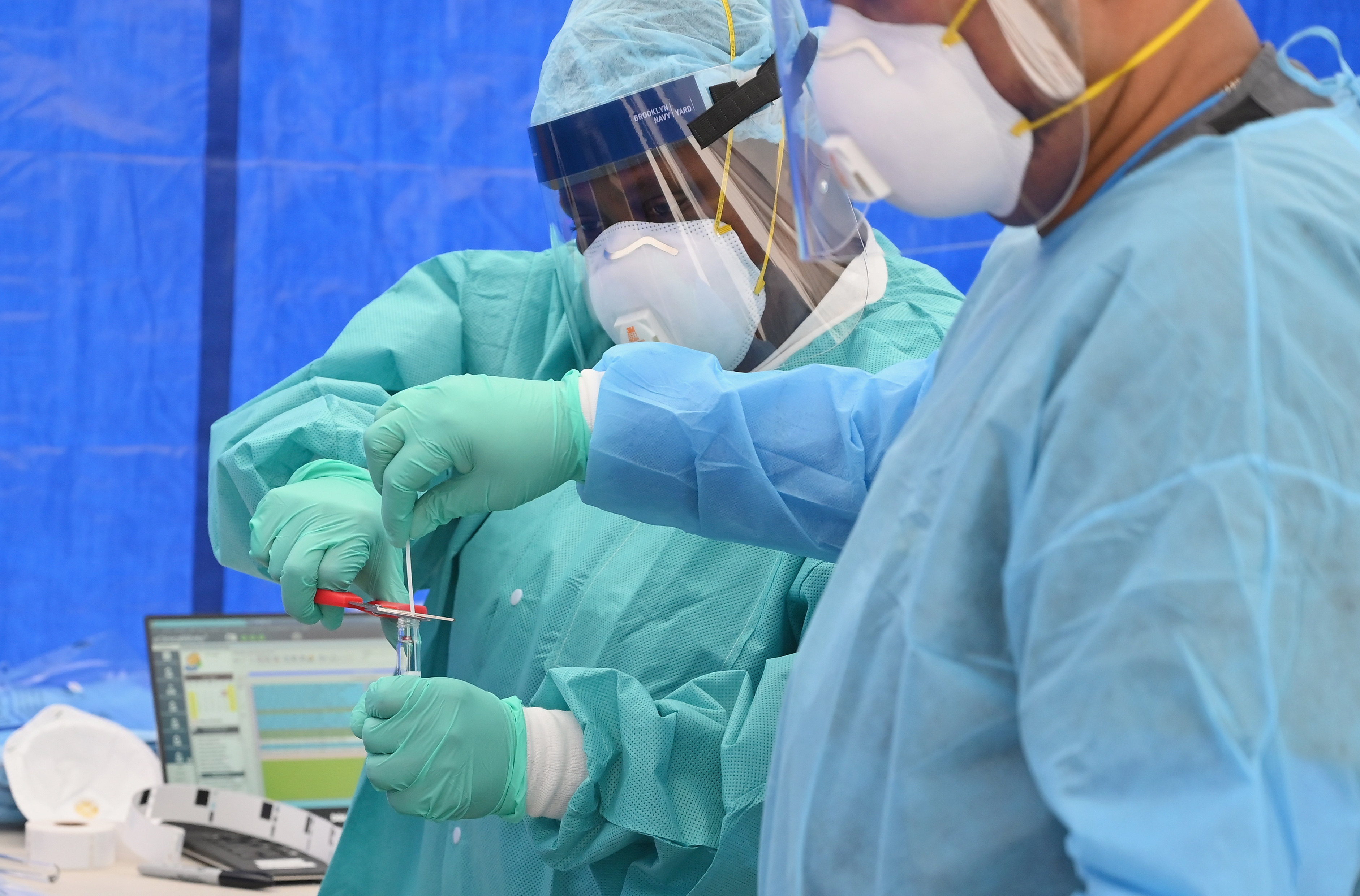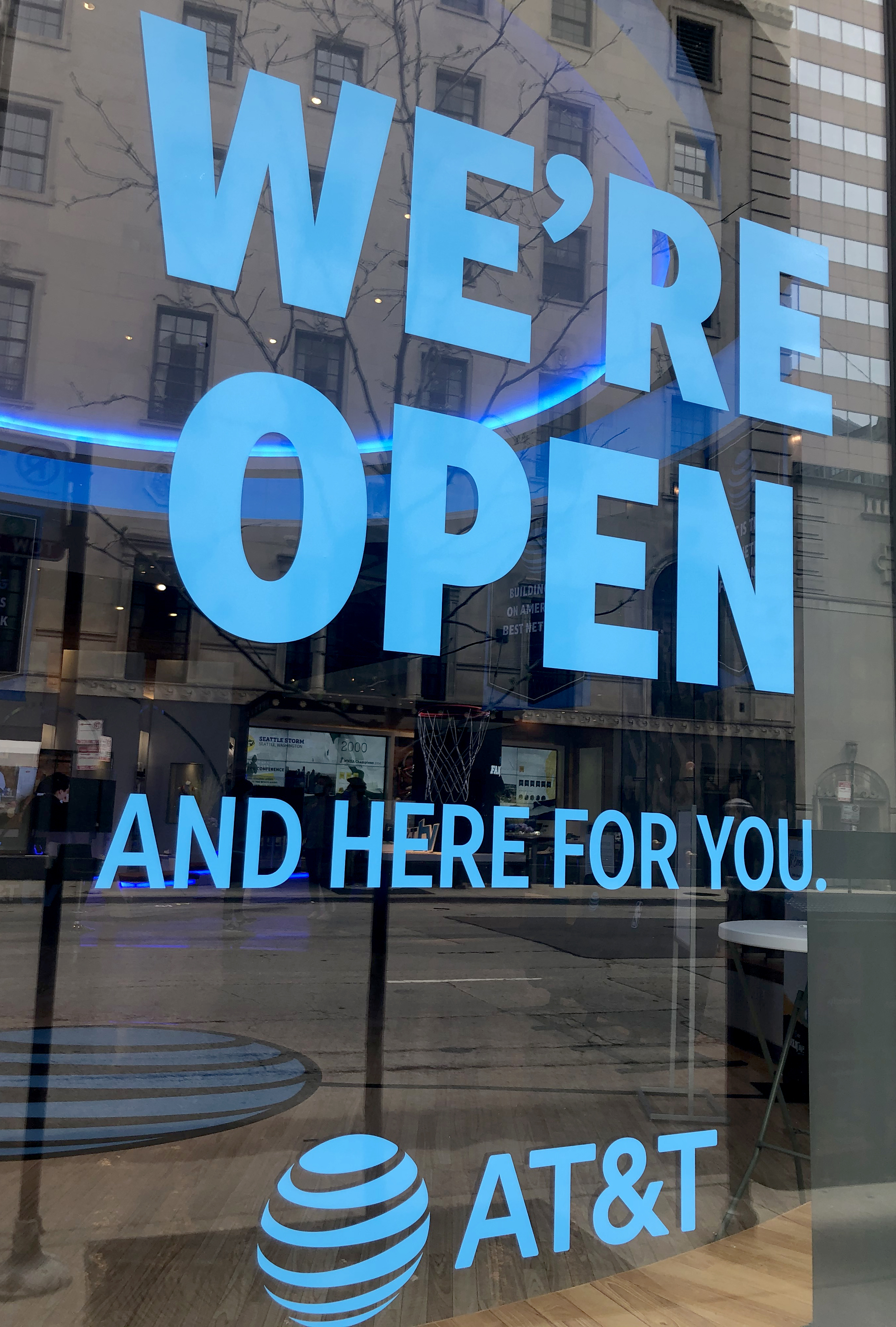As much of Illinois prepares for its next stage of reopening, Gov. J.B. Pritzker says numbers show the state may be coming down from a peak.
"We seem to have come off the peak," Pritzker said during his daily coronavirus press briefing Tuesday.
The state of Illinois is set to move forward into phase three of the “Restore Illinois” plan Friday, and Pritzker says that despite reopening more portions of the state’s economy earlier this month, coronavirus case numbers and hospitalizations are continuing to trend in the right direction.
The comments echo ones made by Illinois Department of Public Health Director Dr. Ngozi Ezike, who reported the first week-over-week decline in COVID-19 deaths for Illinois so far this pandemic. Ezike said she hoped the decline marks the start of a "downward trend," but noted "until we have a definitive cure and vaccine, we must prevent further spread."
According to Pritzker, the state is doing well in all three metrics being tracked in the “Restore Illinois” plan: a positivity rate of below 20 percent, stable hospitalization numbers and a hospital bed availability of at least 14 percent.
Pritzker announced Tuesday that the statewide positivity rate in coronavirus tests has averaged just 9.2 percent over the last seven days after hitting a high water-mark of 23 percent in late April.
Hospitalizations, which have been holding steady in recent weeks, are also declining and are at a six-week low, according to the governor. Nearly 1,000 fewer beds are currently in use by COVID-19 patients than were being used in recent weeks, according to the governor, and more than 30 percent of the state’s ICU beds are currently available in the event of a surge in cases.
“The fact that we’ve seen these numbers trend in a good direction, even after we opened things up in Phase Two, demonstrates the importance of everyday actions,” Pritzker said. “All of our success thus far, and any we have going forward, is dependent on the actions of each individual and all of us collectively to protect each other.”
One of the actions Pritzker specifically mentioned was the implementation of a rule requiring individuals to wear face coverings in public settings where social distancing was not possible. Pritzker says that the implementation of that measure at the beginning of Phase Two of the “Restore Illinois” plan has helped to not only keep cases from spiking, but to help facilitate declines in positivity rates and hospitalizations as masks have helped prevent the virus from spreading.
“Take note that along with social distancing, face coverings can make all the difference in protecting each other, and it appears to be making a difference,” he said. “Since we implemented that one change, we saw all the numbers stabilize and then begin to fall.”
While masks will still be required when Phase Three of the plan begins later this week, many businesses shuttered because of the virus will be allowed to reopen, including hair salons, small retail shops and manufacturing facilities.
Pritzker emphasized that continuing to adhere to the face-covering rule, along with other mitigation measures such as social distancing and handwashing, will be key to ensuring that the state can move to Phase Four in June.
“A gradual restoration of more areas of our lives, together with the basic mitigations like social distancing, face coverings and hand washing are the keys to moving quickly through the phases of Restore Illinois,” he said.



